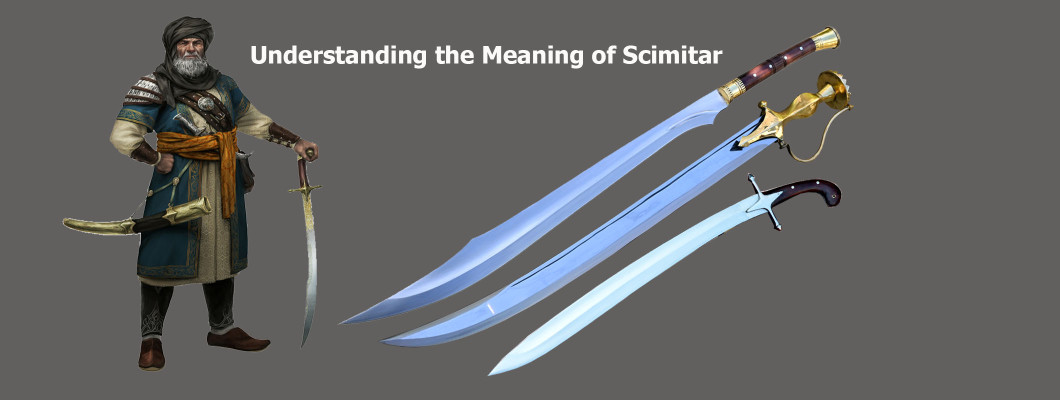
Understanding the Meaning of Scimitar
The scimitar is a captivating sword that carries with it a tapestry of history and cultural depth. Renowned for its characteristic curved blade, this weapon has been a staple in the arsenal of various civilizations. In this comprehensive exploration, we'll delve into the scimitar's meaning, its various forms, historical significance, and the symbolic weight it carries, along with its origins and cultural imprint.
The Origin and Etymology of the Scimitar
The term "scimitar" encapsulates more than just a type of sword; it is a symbol of cultural interchange and martial prowess. Known for its distinctive curved blade, the scimitar has deep associations with the Middle Eastern, South Asian, and North African cultures. Its name traces back to the Italian "scimitarra," which itself is derived from the Persian "shamshir," a nod to its widespread cultural journey.
The word "scimitar" has traveled through languages, picking up nuances from each culture it touched. Its journey from Persian to Italian reflects historical trade and conquest routes. This linguistic evolution underscores how the sword was not just a weapon but also a cultural ambassador.
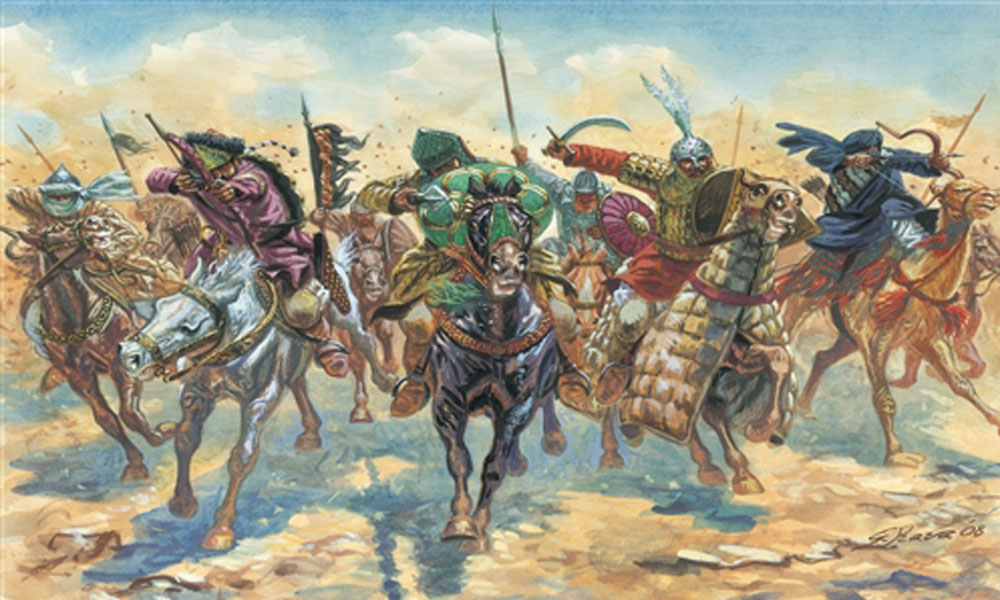
Historical painting from the Middle East showing a warrior with a Scimitar sword
Symbolism and Cultural Representation
Across various regions, the scimitar has been associated with nobility and warrior classes. It is often depicted in art and literature as a weapon of choice for heroes and leaders. This association has turned the scimitar into a symbol of authority and heroism in cultural narratives.
Functional Design and Combat Utility
The scimitar's design is a masterclass in functional elegance. Its curved blade is not merely for aesthetic appeal but is crafted to deliver powerful, slashing attacks. This makes it ideal for mounted combat, allowing warriors to strike effectively from horseback, thus enhancing its status as a cavalry weapon.
Types of Scimitars
Shamshir
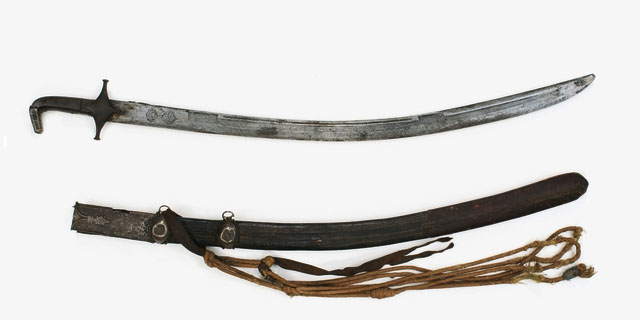
Antique Shamshir sword with curved blade
The shamshir is arguably the most iconic scimitar, originating from Persia. Known for its deeply curved blade, it is often adorned with rich decorations. This blade was a staple for Persian cavalry, renowned for its effectiveness in battle.
The Shamshir is one of the most iconic scimitars in history, originating from Persia. Known for its deeply curved and slender blade, it was ideal for mounted combat and prized for its beauty and deadly precision. Used by Persian cavalry, the Shamshir also featured elaborate decorations that reflected Persian artistry and craftsmanship.
The shamshir was not only a weapon but also a symbol of Persian identity. Its use in battle demonstrated the tactical acumen of Persian cavalry forces, and it became synonymous with Persian martial prowess.
Crafted with precision, the shamshir often featured intricate designs and engravings. These artistic elements were not just decorative; they represented the cultural values and artistic achievements of the Persian Empire.
The shamshir's unique design influenced neighboring regions, inspiring adaptations and new sword types. Its impact is seen in the evolution of other curved swords in the Middle East and beyond.
Kilij
The kilij is another prominent type, used extensively by the Ottoman Turks. With a slightly broader blade near the tip, it allowed for powerful strikes. The kilij was favored by the Ottoman cavalry and is distinguished by its T-shaped hilt.
The kilij's design provided tactical advantages, especially in the chaotic environment of battle. Its broader blade near the tip ensured that strikes were not only powerful but also had a greater impact.
In Ottoman culture, the kilij was more than a weapon; it was a symbol of the empire's military might. It featured prominently in Ottoman art and literature, symbolizing valor and strength.
The kilij influenced sword designs in regions under Ottoman control, leading to adaptations that suited local needs and combat styles.
Talwar
The talwar, hailing from South Asia, particularly India, is a variant of the scimitar with a less pronounced curve. It features a wide blade and is renowned for its versatility, making it suitable for both infantry and cavalry use.
The talwar was a critical component of Indian martial traditions. Its adaptability made it a favored weapon among various Indian kingdoms.
In Indian culture, the talwar is often associated with the valor of warriors and the rich martial heritage of the region. It appears in many historical accounts and legends.
The talwar’s design features a balance between elegance and functionality. Variations in hilt and blade design reflect the regional diversity within India.
The Scimitar in Warfare
The scimitar was primarily a weapon of war, prized for its effectiveness in mounted combat. Its curved blade allowed for rapid, powerful slashes, making it ideal for cavalry charges. As the scimitar spread across regions, it was adapted to suit the needs of different armies, showcasing its versatility.
Its development was driven by the need for mobility and efficiency in battle. The design allowed for dynamic combat maneuvers, enhancing cavalry effectiveness.
Throughout history, the scimitar played a crucial role in many significant battles. Its effectiveness in mounted combat often turned the tide in favor of those who wielded it.
Scimitar in Art, Mythology, and Modern Culture
Beyond the battlefield, the scimitar has had a profound impact on the culture and mythology of many societies. It is frequently depicted in art, literature, and folklore as a symbol of power and bravery.
The scimitar is a recurring motif in stories and legends, often wielded by mythical heroes and gods. This cultural presence gives the sword a mystical aura.
Its representation in modern media—from films to video games—continues to captivate audiences. It serves as a symbol of martial prowess and exoticism.
Symbolic Significance
The scimitar's significance extends beyond its use as a weapon. In many cultures, it is a symbol of strength, honor, and nobility. It is often associated with legendary warriors and heroes.
It also symbolizes protection and justice, especially when wielded by figures of authority or divine champions in cultural narratives.
Ceremonial and Artistic Legacy
Today, the scimitar continues to be used in ceremonial contexts and artistic representations. Its unique shape makes it an object of admiration and respect.
Modern artists and designers often draw inspiration from the scimitar’s aesthetics. Museums and collectors preserve these blades as cultural treasures.
Design and Craftsmanship
The design of the scimitar blade is a key aspect of its effectiveness. The curve of the blade allows for efficient cutting and slashing motions, making it ideal for mounted combat.
Scimitar blades are typically made from high-quality steel, allowing them to maintain a sharp edge. The blade's curve is carefully crafted to ensure balance and precision. The hilt is often designed for a secure grip.
Steel and Sharpness
The use of high-quality steel in scimitar blades reflects the importance of durability and sharpness. The craftsmanship involved is a testament to the skill of ancient swordsmiths.
Balance and Grip
The scimitar is designed for balance and precision. The hilt's ergonomic design ensures a secure and comfortable grip, crucial for combat performance.
Artistic Decoration
Many scimitars are elaborately decorated, featuring intricate engravings and embellishments. These decorations often tell stories or represent cultural motifs.
In some cases, scimitars were personalized with symbols or inscriptions, marking their owners' status or achievements.
Historical Influence and Evolution
The scimitar has played a crucial role in the history of many civilizations. Its design has influenced the development of other curved swords across Asia, Africa, and Europe.
The scimitar’s characteristics—such as its curve and balance—served as a model for numerous regional weapons. Its versatility and effectiveness ensured its widespread adoption.
Modern Legacy
The legacy of the scimitar is seen in historical reenactments, martial arts, and popular culture. It remains a symbol of martial excellence and cultural identity.
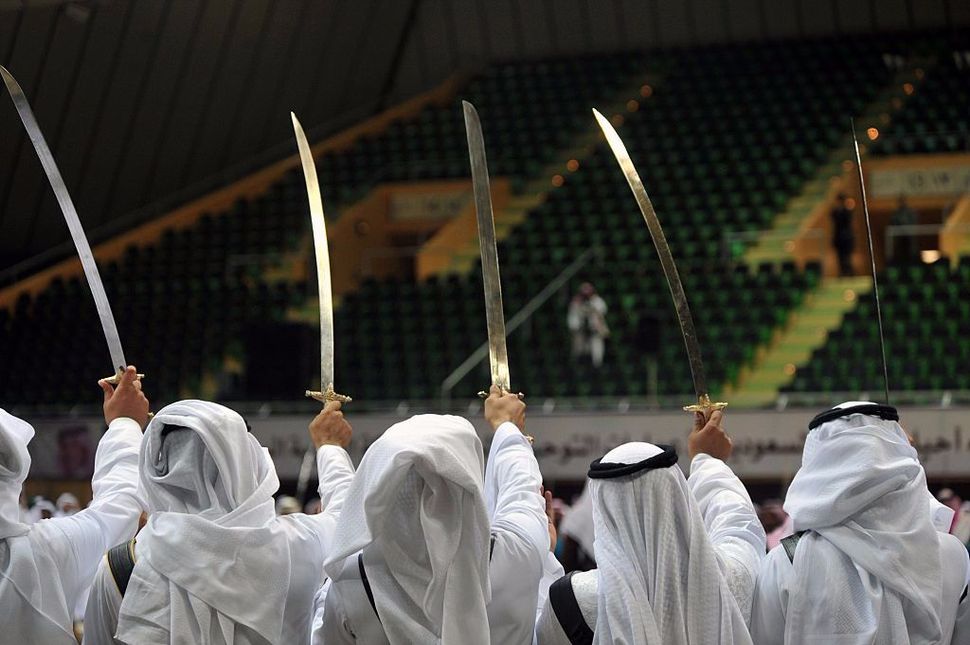
Arabian people with scimitar sword – Traditional attire and historical presence
Its continued appearance in modern media and artistic works ensures that the scimitar’s story lives on, inspiring new generations.
Frequently Asked Questions – Scimitar Sword
What is a scimitar sword?
The scimitar is a curved sword traditionally associated with Middle Eastern, South Asian, and North African cultures. It is designed for slashing, particularly in cavalry warfare, and is known for its distinctive curve and sharp edge.
What is the origin of the scimitar?
The scimitar traces its roots to ancient Persia, where it evolved into the shamshir. Its design spread across the Islamic world and was adapted into regional variants like the kilij and talwar.
What are the main types of scimitar swords?
Notable types of scimitars include the Persian shamshir, the Ottoman kilij, and the Indian talwar. Each type features unique blade curvature and hilt designs suited to regional combat styles and traditions.
What is the purpose of the curved blade?
The curve allows for powerful slashing motions, especially from horseback. It improves cutting efficiency and makes the weapon ideal for mounted combat, allowing for greater reach and motion flow.
Were scimitars only used in battle?
No. While scimitars were effective weapons, they also held ceremonial and symbolic value. They were often carried by nobles and military leaders as symbols of status, and many featured elaborate artistic details.
Are scimitars still used today?
While no longer used in modern combat, scimitars remain important in ceremonial contexts, martial arts, historical reenactments, and are often collected for their artistic and cultural value.
What materials were scimitars made from?
Traditional scimitars were forged from high-quality steel. Many included intricate designs, engravings, or inlays, and the hilts were often made from materials like brass, horn, wood, or ivory.
How do scimitars differ from European swords?
Scimitars are generally lighter and more curved than most European swords, which were often straight and heavier for thrusting or hacking. The scimitar’s design emphasizes agility, slicing power, and mounted use.
Conclusion
The scimitar is a sword steeped in history and significance. From its origins in ancient Persia to its role in modern culture, the scimitar embodies the spirit of the warriors who wielded it. Understanding the meaning and history of the scimitar provides insight into the rich cultural heritage of the regions where it was used. As both a weapon and a symbol, the scimitar continues to captivate the imagination and inspire those who appreciate its unique blend of form and function. Its legacy is a testament to the enduring power of cultural symbols and the stories they tell.

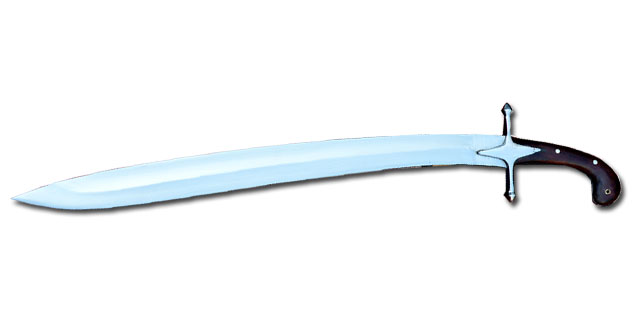
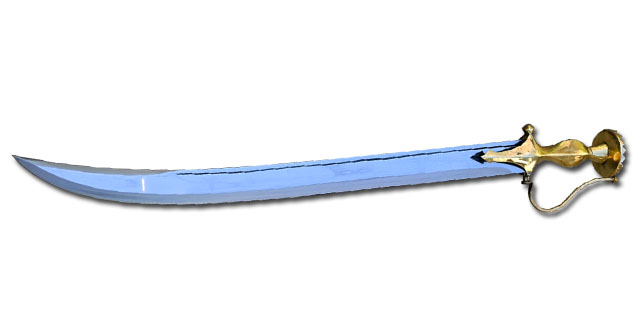
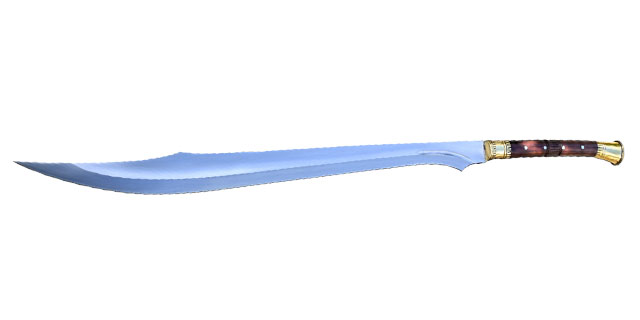


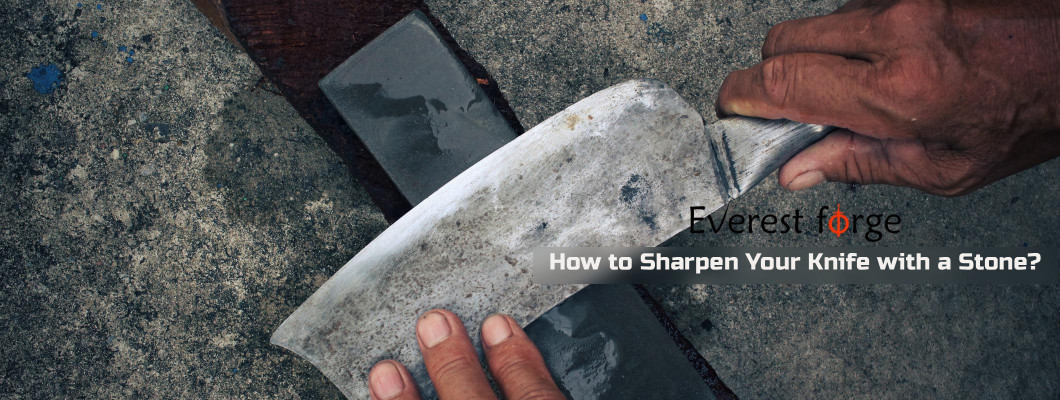
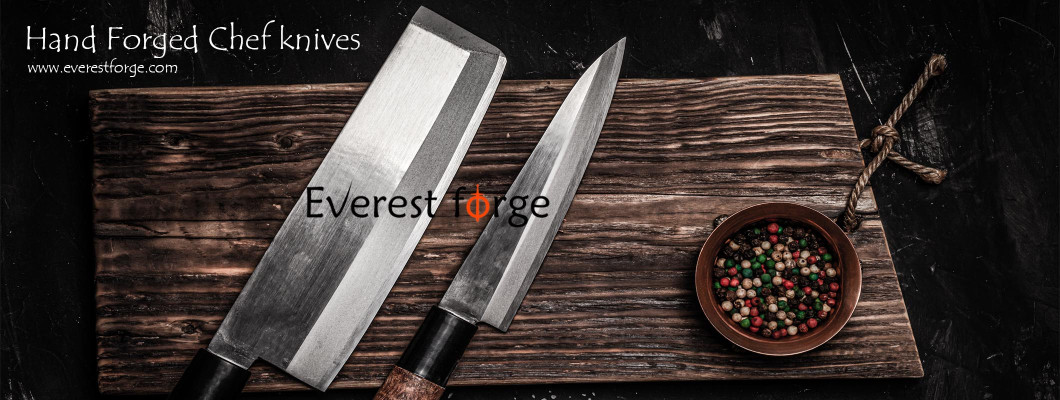
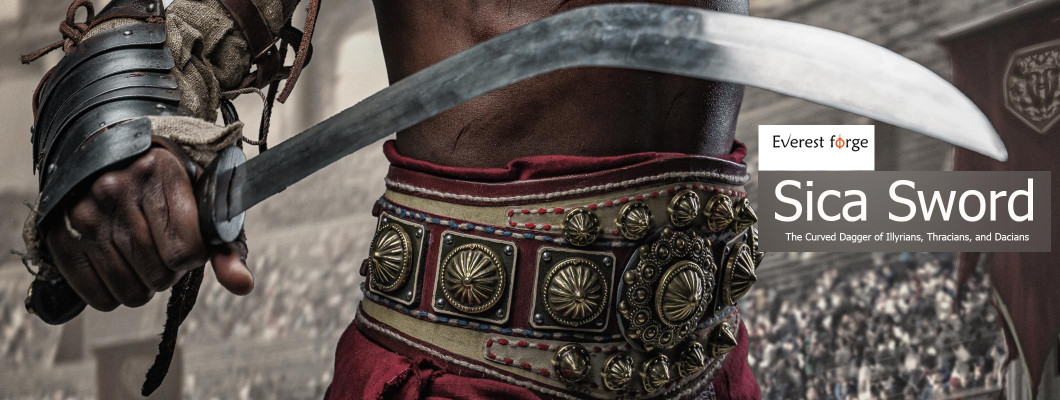
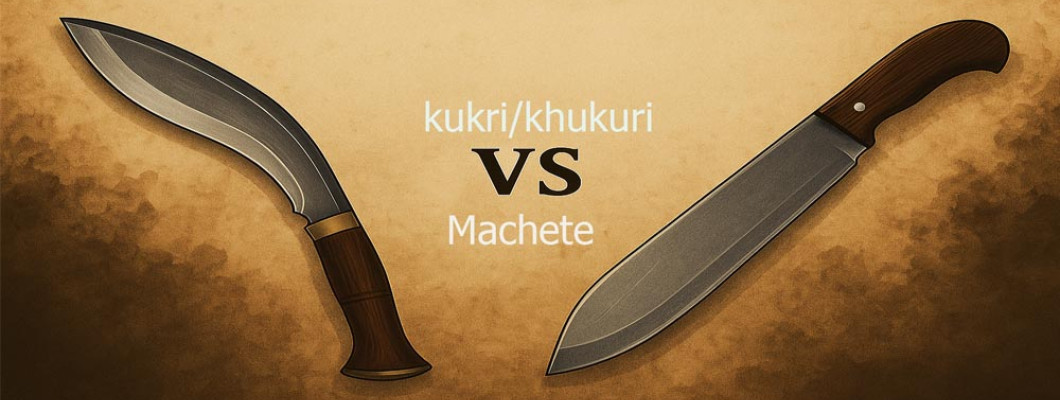
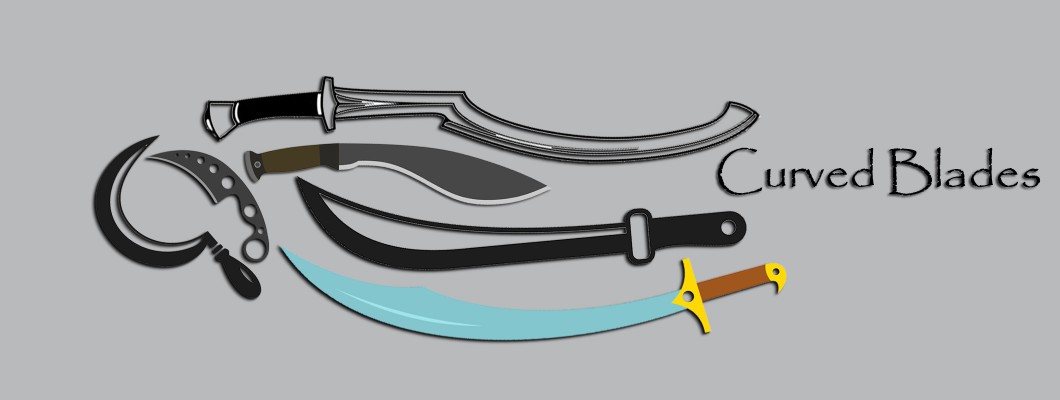
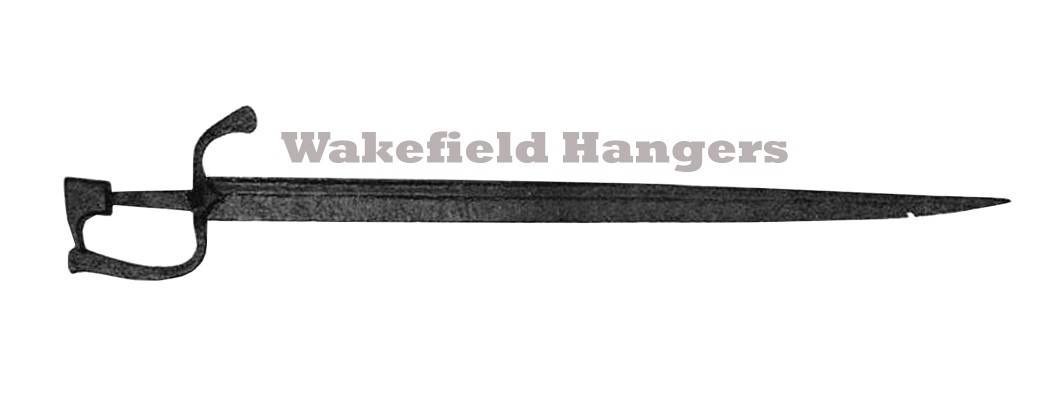
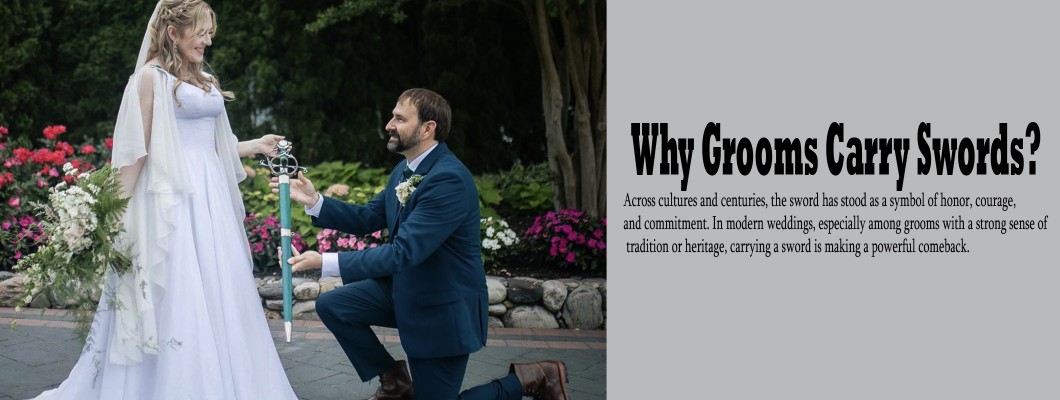
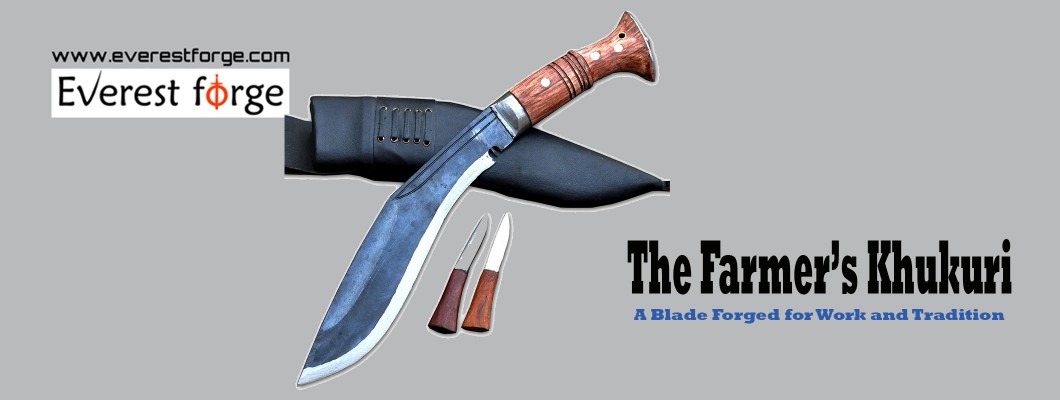

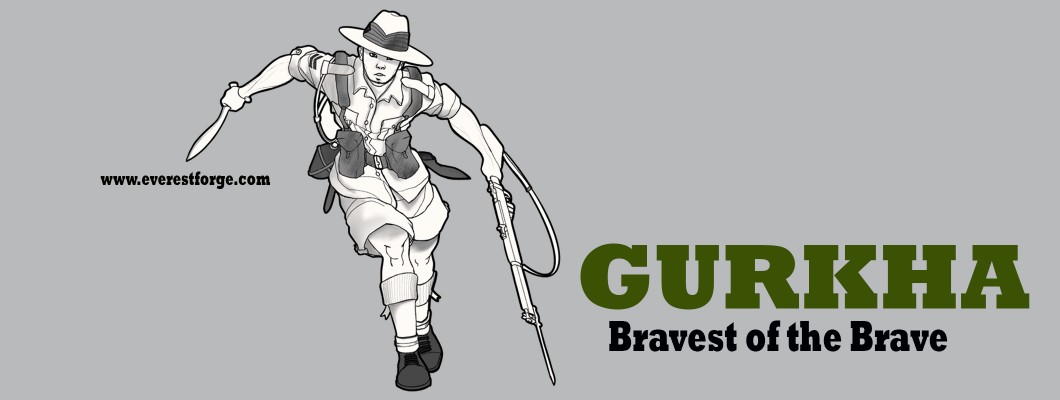
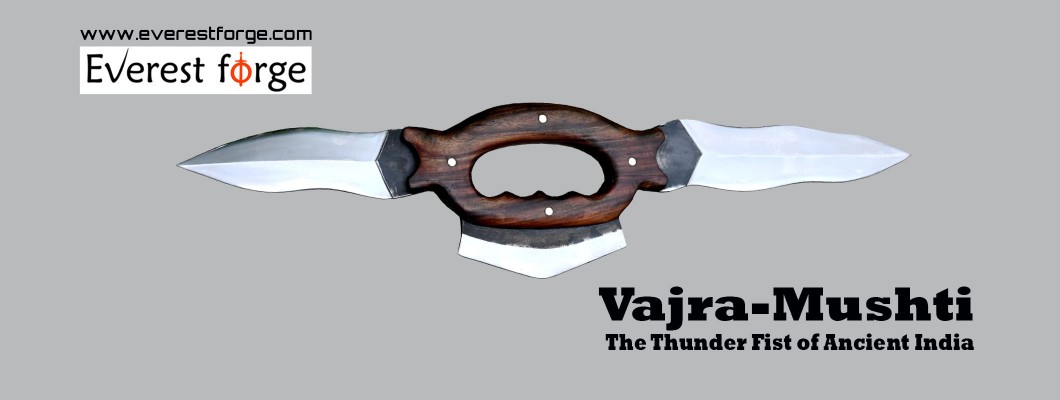
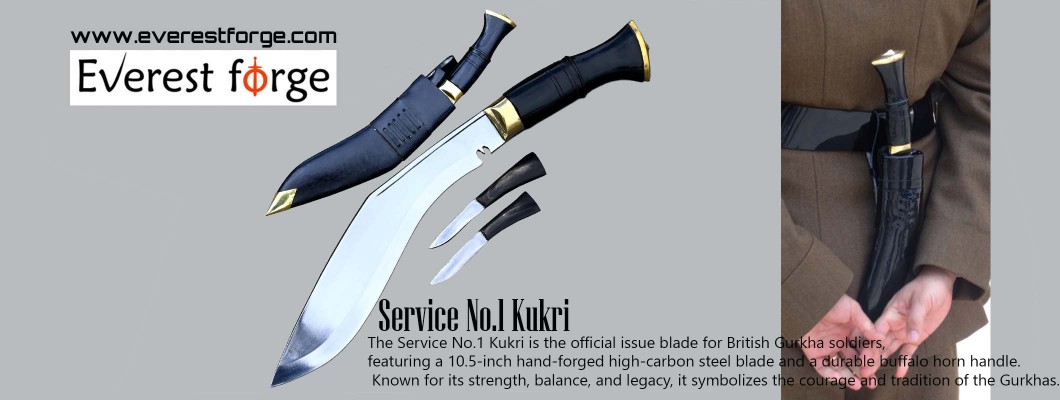
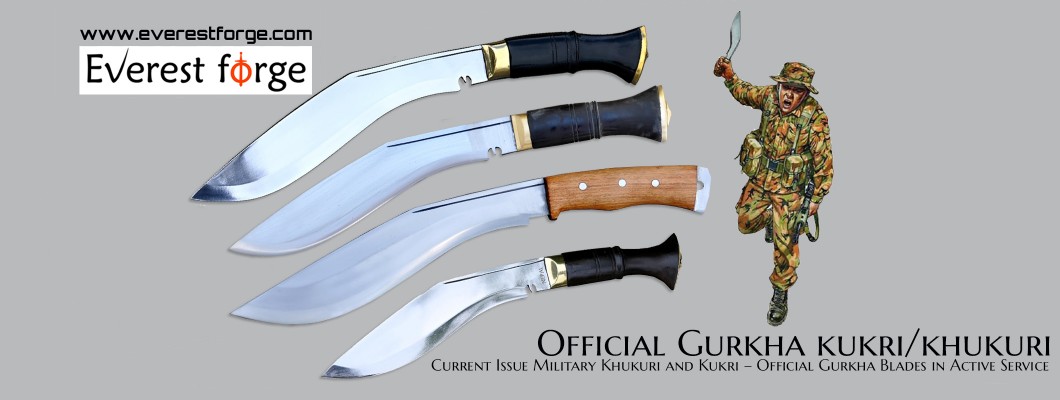
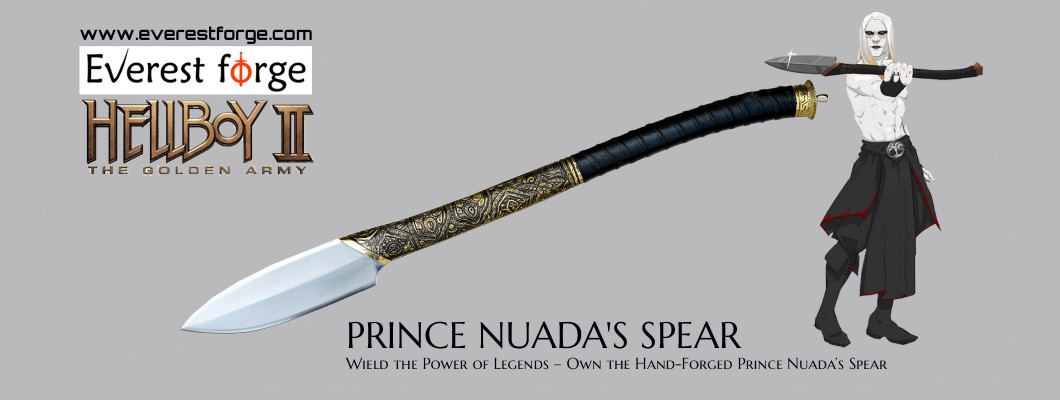
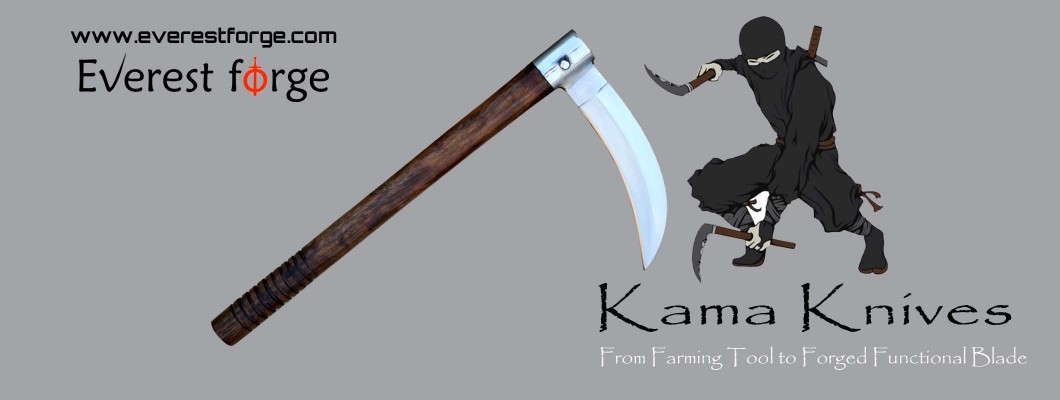
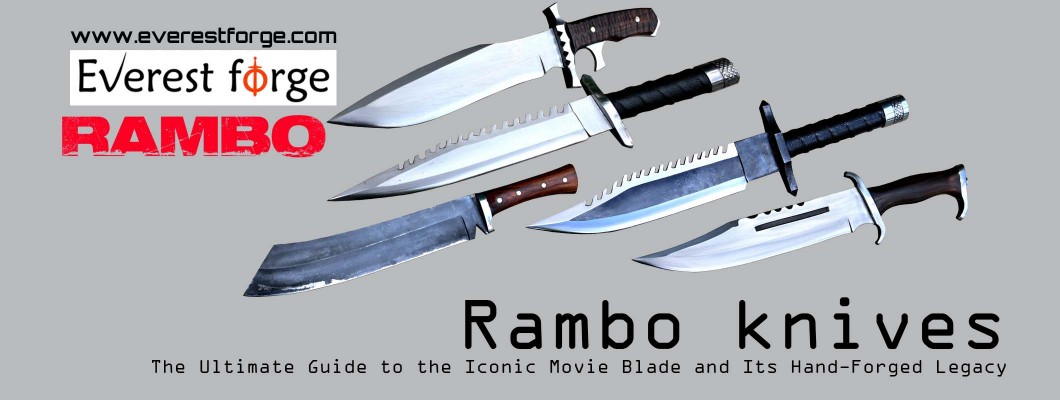

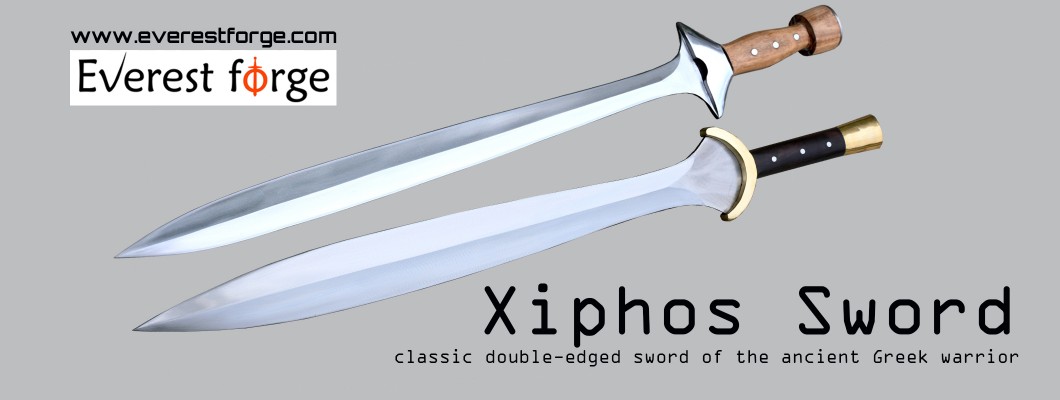
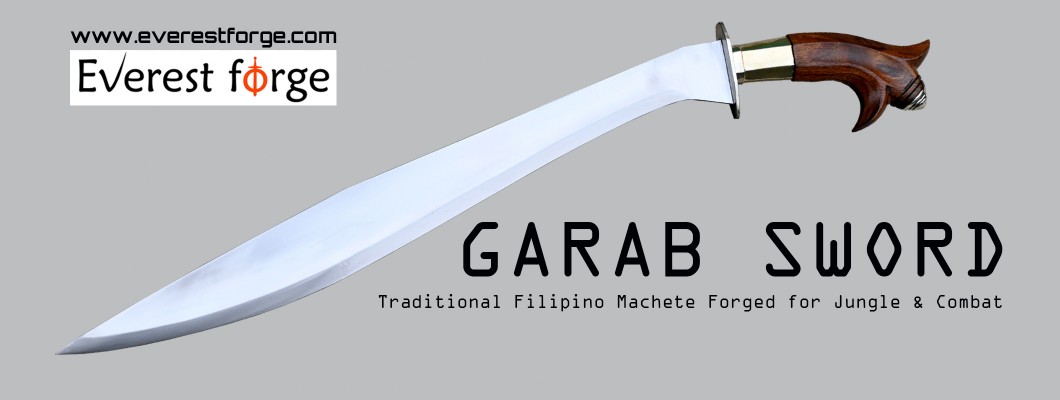
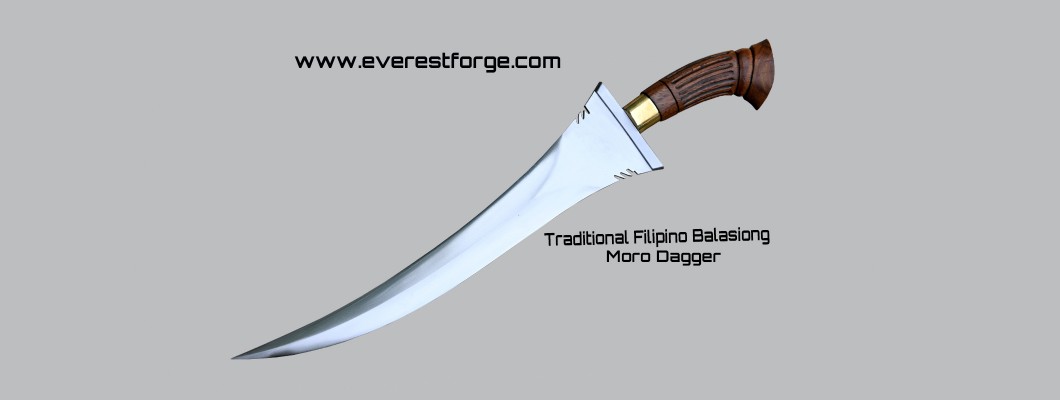

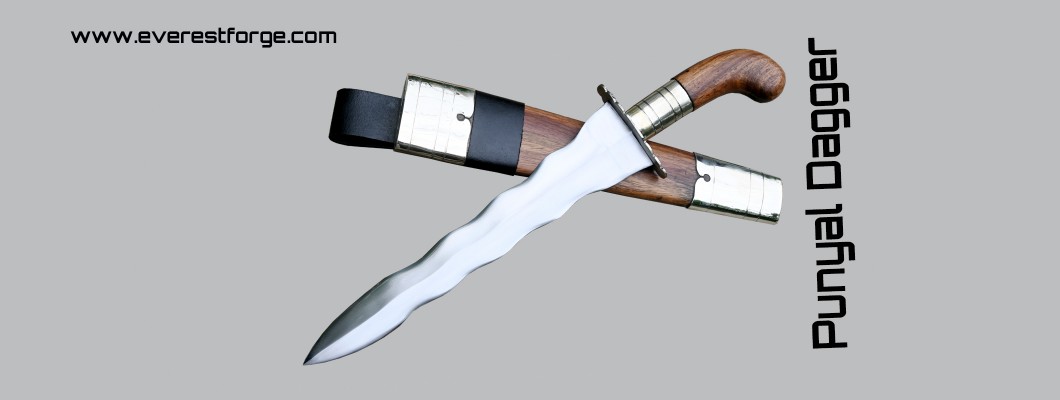
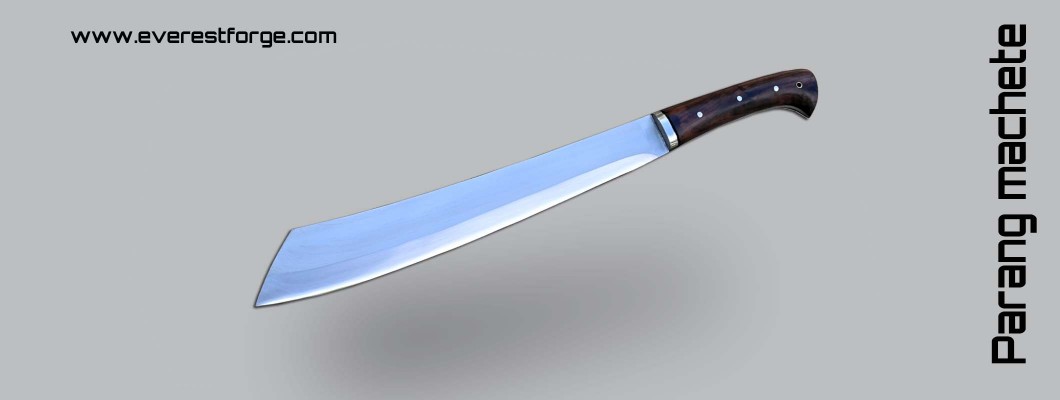
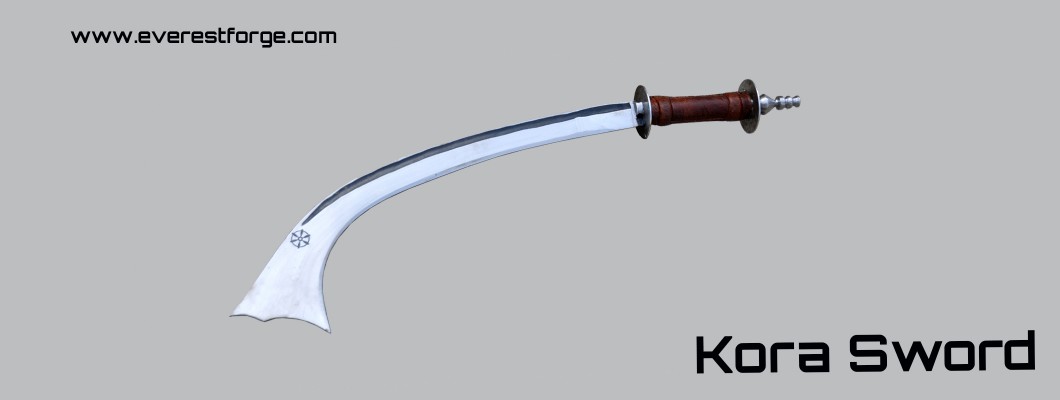
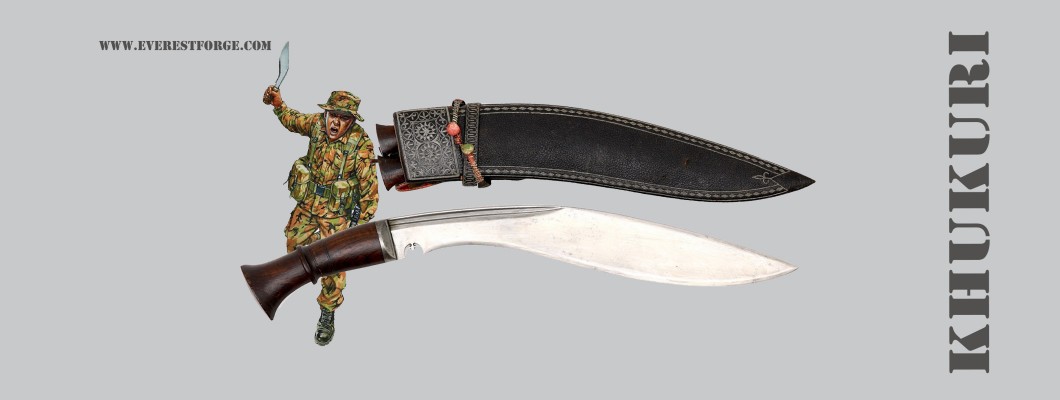
Leave a Comment